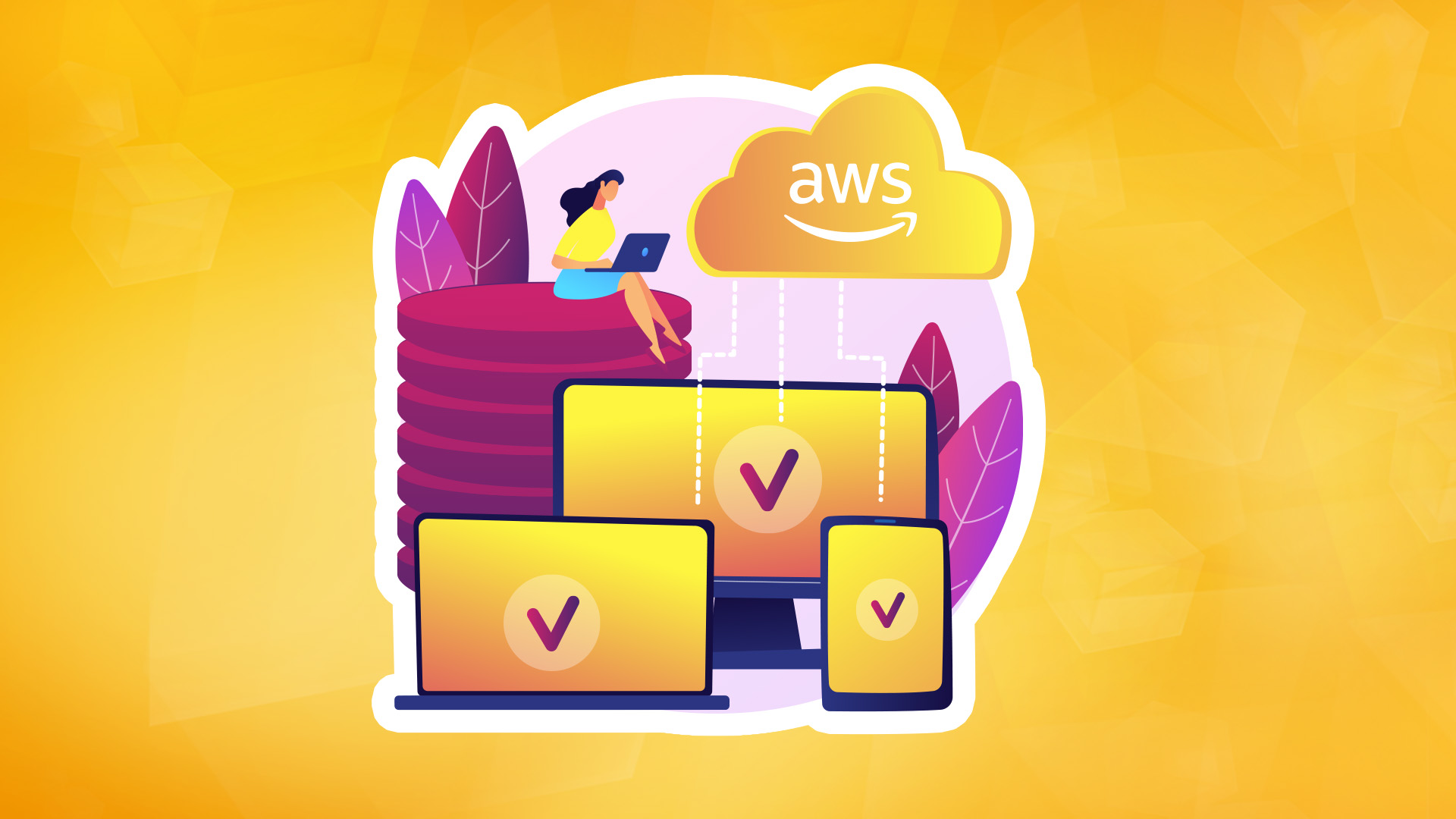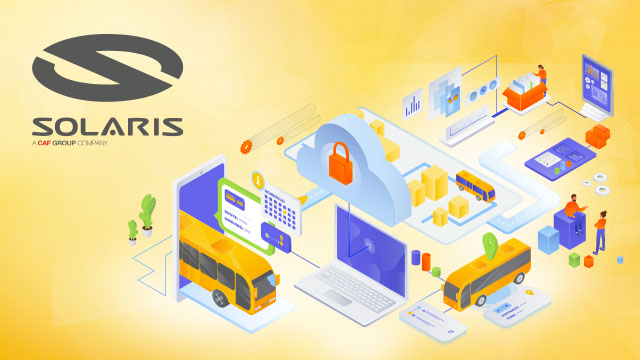SaaS on AWS: How do you create scalable applications?

In an era of digital transformation, the Software as a Service (SaaS) model is gaining popularity, offering flexibility, ease of deployment, and availability in the cloud. AWS (Amazon Web Services) has become one of the leaders in providing the infrastructure and tools necessary to build scalable SaaS applications. In this article, we will discuss how to make a powerful and scalable SaaS application on the AWS platform, step by step.
What is SaaS and why AWS?
The SaaS model is a form of software delivery in which an application is hosted in the cloud and made available to users over the Internet. Customers do not need to install or maintain the application locally—all they need is access to a browser or a dedicated client application.
However, AWS is one of the most popular cloud providers, offering a wide range of services such as computing, data storage, database management, developer tools, and much more. Its biggest advantages are global availability, scalability and advanced features that make it easy to build SaaS applications.
Steps to building a scalable SaaS application on AWS
- Defining the SaaS architecture
The first step in building a SaaS is to design the right architecture. For AWS, the most common choices are a multi-tenancy model, where all data and resources are shared between users, or a hybrid model, where key resources are isolated.
Important elements of the SaaS architecture:
- Frontend layer: typically supported by Amazon S3 and Amazon CloudFront for delivering static content with high performance.
- Backend: Servers such as AWS Lambda (serverless) or Amazon EC2 (if more control over the infrastructure is required).
- Database: Amazon RDS (relational databases) or Amazon DynamoDB (NoSQL database), depending on the application requirements.
- Identity management: AWS Cognito, which enables user management and authentication.
- Choosing the right AWS services
AWS offers a range of services that support the building of scalable applications. The choice of these services depends on the specific application and business needs:
- AWS Elastic Beanstalk: Facilitates the deployment and management of applications in popular programming languages.
- Amazon API Gateway: Allows you to create, publish, and manage APIs.
- AWS Lambda: With a serverless model, you only pay for the time a function is executed, which reduces costs.
- Amazon S3: Used to store objects, such as files or images.
- Amazon CloudFront: CDN (Content Delivery Network) accelerates the loading of applications worldwide.
- Scalability and performance
A key element of any SaaS application is the ability to scale. AWS offers several mechanisms that facilitate dynamic scaling of applications in response to changing workloads:
- Auto Scaling: Automatically increases or decreases the number of EC2 instances depending on load.
- AWS Lambda: Elastically scales in real-time to support thousands of concurrent requests.
- Amazon RDS and DynamoDB: These databases support automatic scaling up and down.
- Security
Security is a key aspect of any SaaS application, especially in the context of sharing resources between multiple users. AWS provides advanced security features:
- AWS Identity and Access Management ( IAM): Access and privilege management.
- AWS WAF ( Web Application Firewall): Protects applications from common threats such as DDoS attacks and code injection.
- Encryption: AWS KMS enables encryption of data at rest and during transmission.
- Monitoring and management
Monitoring SaaS applications is key to ensuring reliability and detecting potential problems. AWS offers several services that can help with monitoring and management:
- Amazon CloudWatch: Tracks metrics, logs, and alerts.
- AWS X-Ray: Analyses application performance and identifies bottlenecks.
- AWS Trusted Advisor: Suggests best practices for security, performance, and cost optimization.
- Cost optimisation
AWS operates on a pay-as-you-go model, meaning you only pay for the resources you use. To optimize costs:
- Use AWS Cost Explorer to monitor your spending.
- Consider Reserved Instances or Savings Plans for services such as EC2.
- Use auto-scaling to avoid redundant computing power.
Example: A simple SaaS application on AWS
Let's assume we are building a SaaS application for project management. This application will have features such as creating tasks, assigning users and tracking progress.
- Frontend: A static React application hosted on Amazon S3 with CDN support via CloudFront.
- Backend: AWS Lambda with API managed by Amazon API Gateway.
- Database: DynamoDB as a NoSQL database for storing project and user information.
- Authentication: AWS Cognito to manage user logins.
- Monitoring: CloudWatch for performance tracking and log analysis.
Summary
Building a scalable SaaS application on AWS requires careful planning and choosing the right tools. The key elements are the right architecture, the use of cloud services tailored to the needs of the application and consideration of aspects such as scalability, security and cost optimization. With AWS's extensive offering, developers have access to a reliable and flexible platform that can support their application development worldwide.
AWS not only makes it easy to get started but also provides opportunities to develop applications in response to dynamic user needs, making it an ideal choice for anyone looking to create a powerful and scalable SaaS product.



